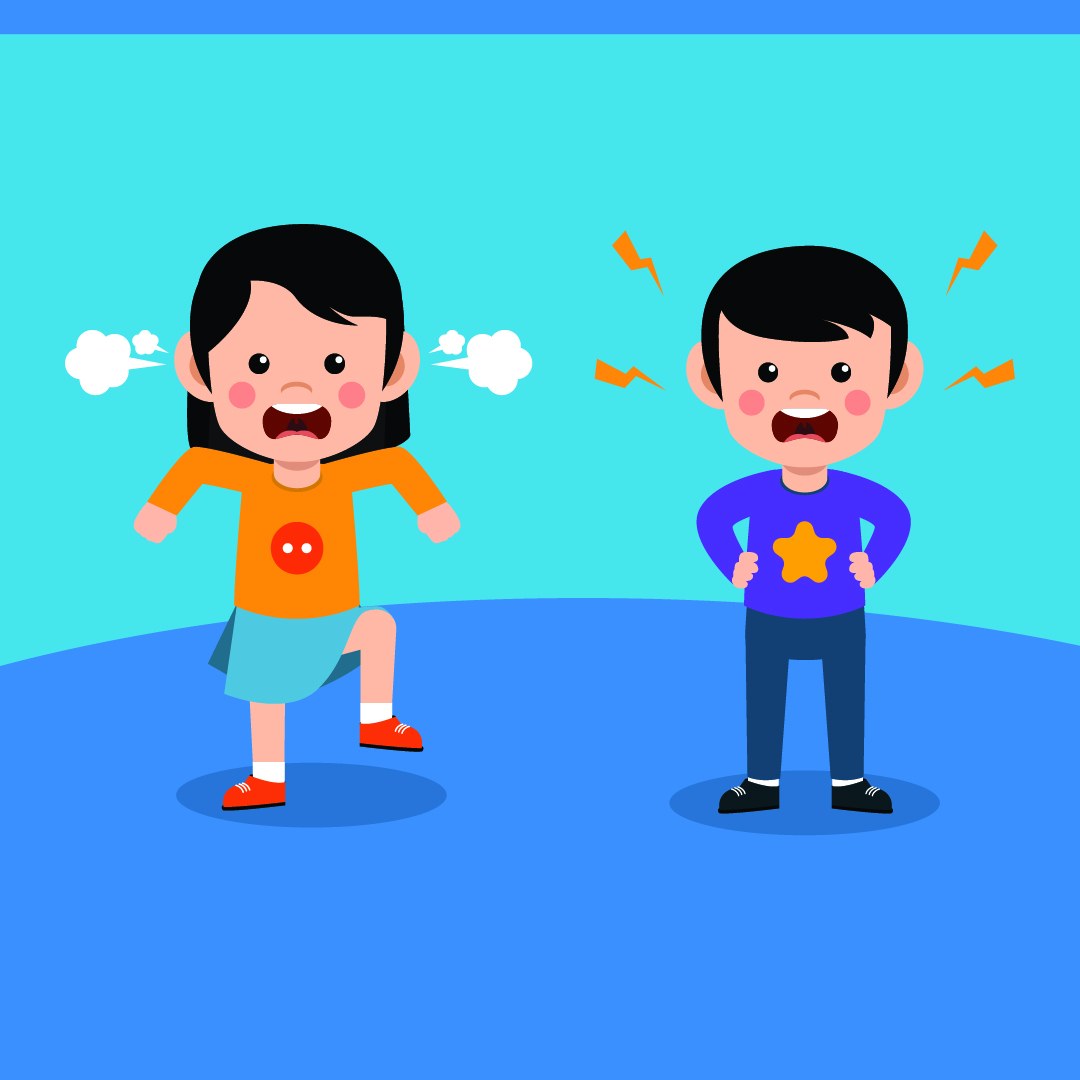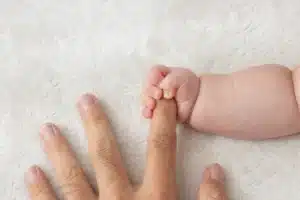By Christine Hemelians, MSOT, OTR/L
Emotional regulation allows children the ability to self-calm during stressful or overwhelming situations. In children, issues with emotional regulation are oftentimes labeled as “bad behavior.” Almost all children have tantrums from time to time; however, children with emotional regulation issues often tantrum more frequently, and for longer durations, than their peers.
When a child struggles with the ability to control his/ her emotions and behaviors, this can typically result in:
- Difficulty concentrating or focusing on a task
- Decreased social skills
- Being upset or frustrated easily to the point that it’s difficult to move on
These difficulties can negatively impact a child’s ability to learn, maintain relationships, and overall impact their daily lives. Occupational therapists work with children and their families to provide the tools necessary to improve these skills.
Activities that can help improve self-regulation:
Sensory diet: activities that provide sensory feedback to the body which better enables sensory regulation.
- Wheelbarrow walking
- Animal walks
- Jumping on a trampoline
- Swinging (front and back, side to side, or rotary)
- Rough play (sandwich squeezes with pillows; wrestle)
- Wearing a heavy backpack
- Weighted items (i.e. vests, lap pad while sitting, blanket while sleeping)
- Chewy toys
- Pushing/ Pulling activities (i.e. tug of war)
- March/ jog in place while stomping
- Jump and crash into bed mattress, couch cushions, or beanbag pillows
- Play catch with a big or heavy pillow/ ball
- Build a fort and climb! (allow the child to assist with set up process)
- Deep breathing exercises (“smell the roses; blow out the candles”)
- Hand pushes and squeezes
Visual Schedules:
This provides children an opportunity to see and understand what is going to happen next, which can allow them to plan ahead and be prepared

Timers:
This method assists with transitions and provides children an external cue to know how long they will have to do an activity. It also prepares children for when a preferred activity is coming to an end.





